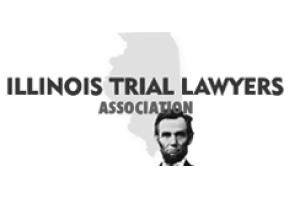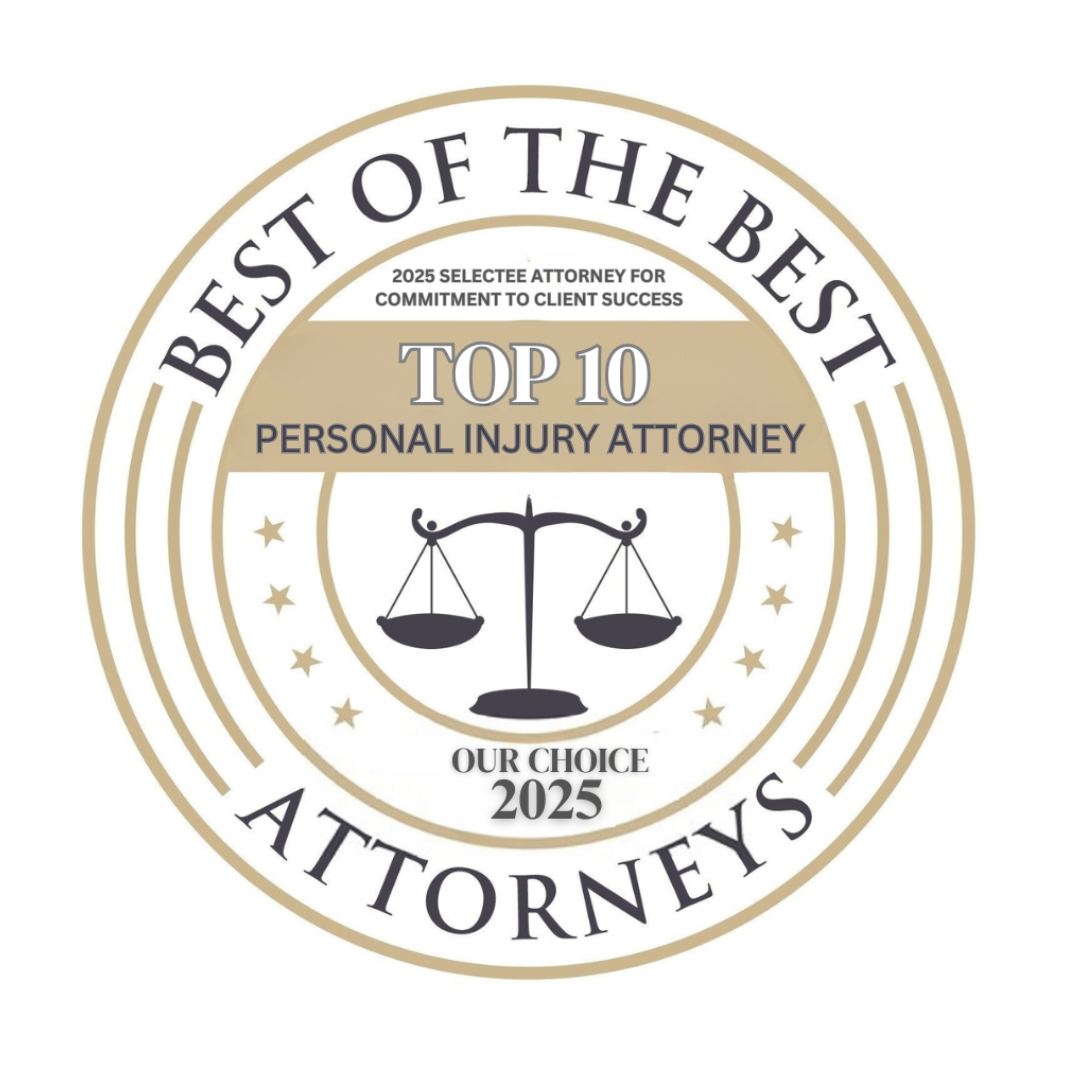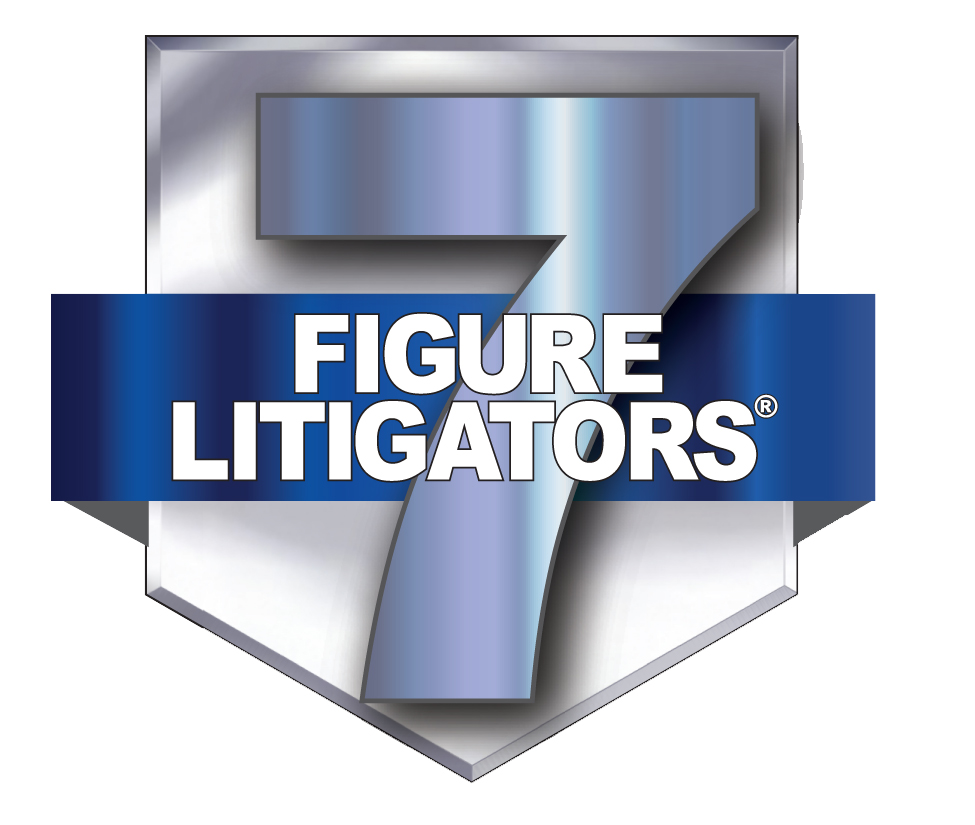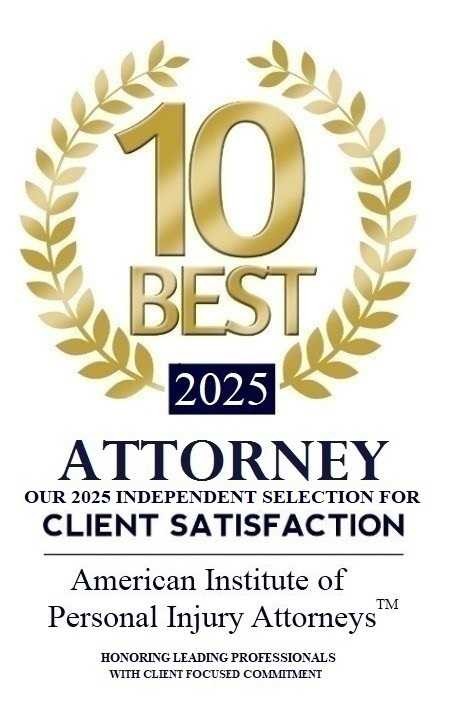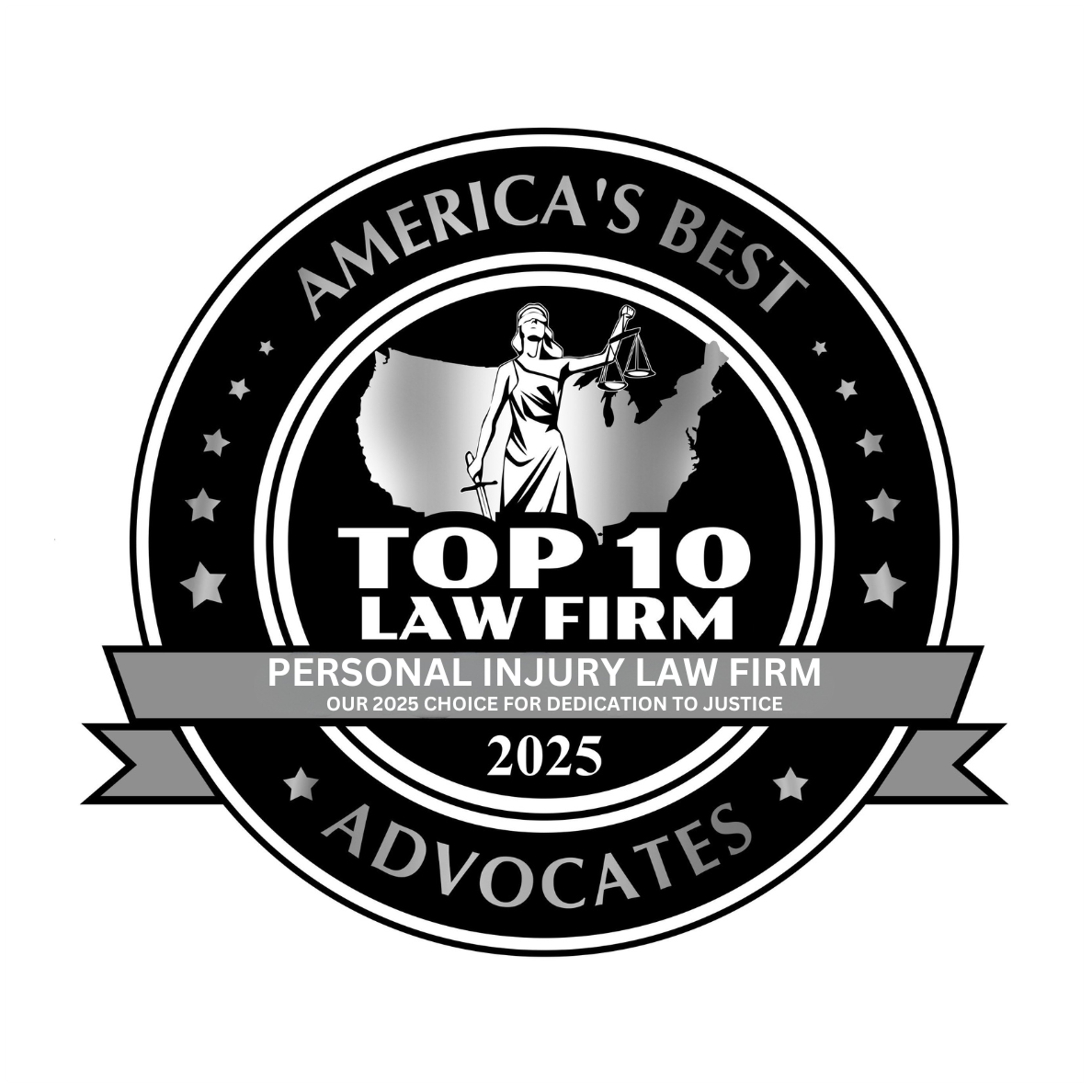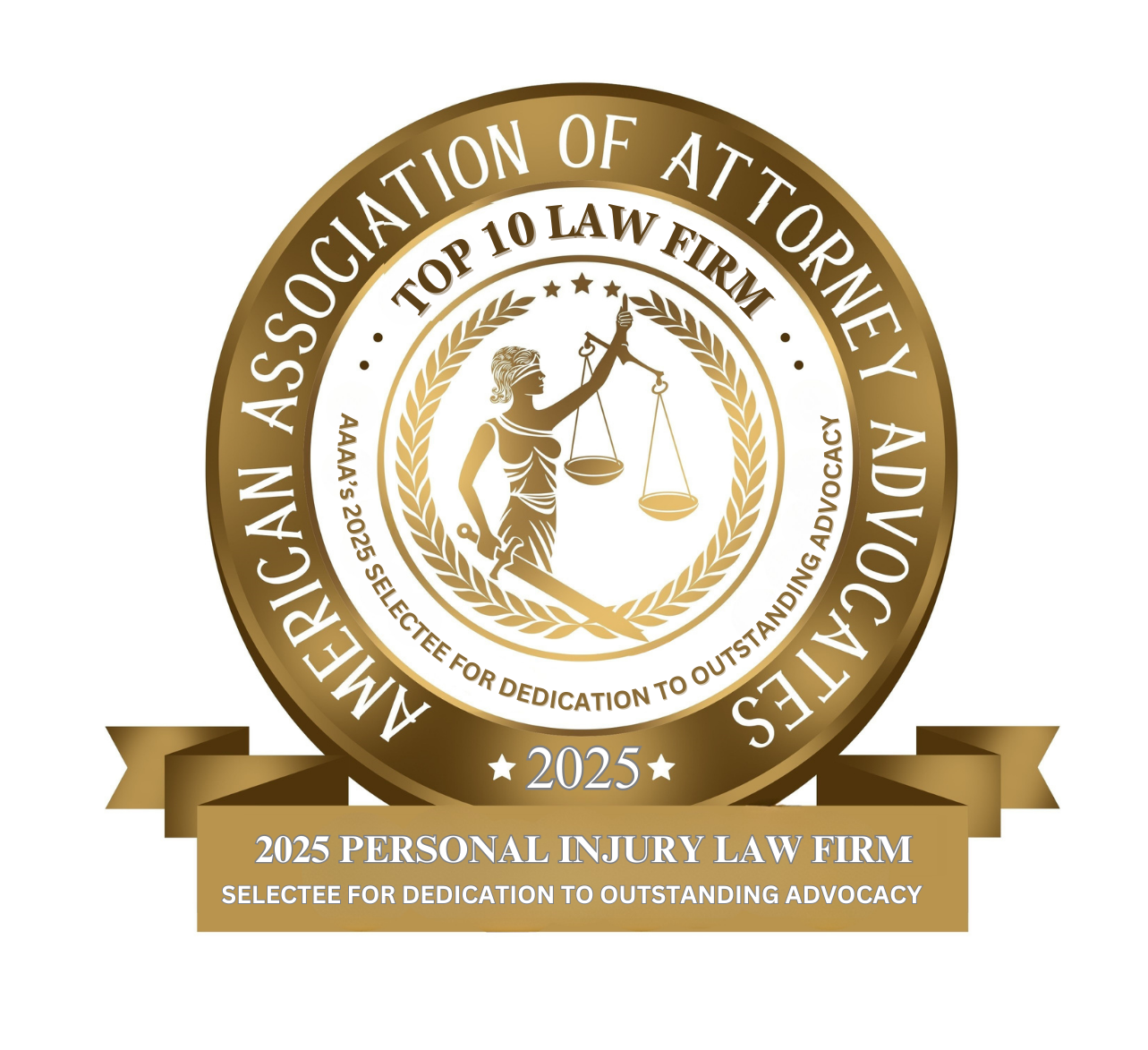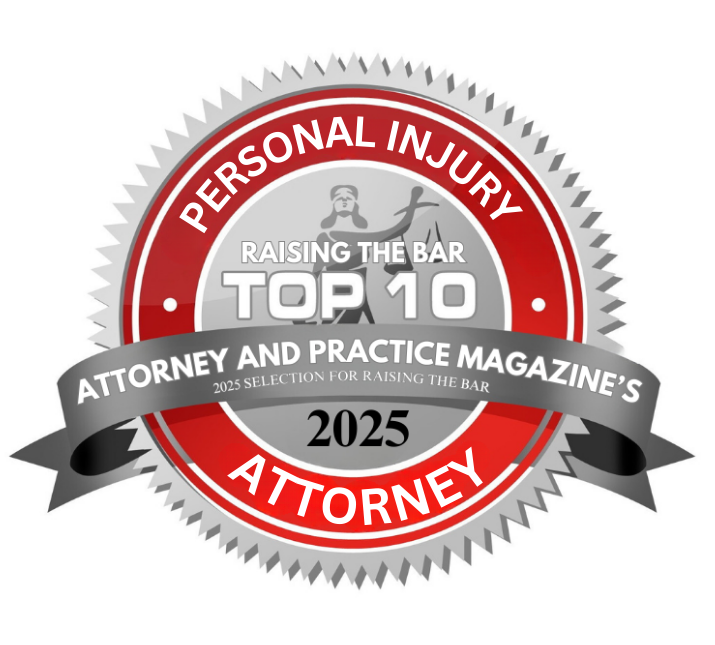- Free Consultation: (630) 527-4177 Tap Here to Call Us
The Dangers of Pedestrian Accidents on Halloween
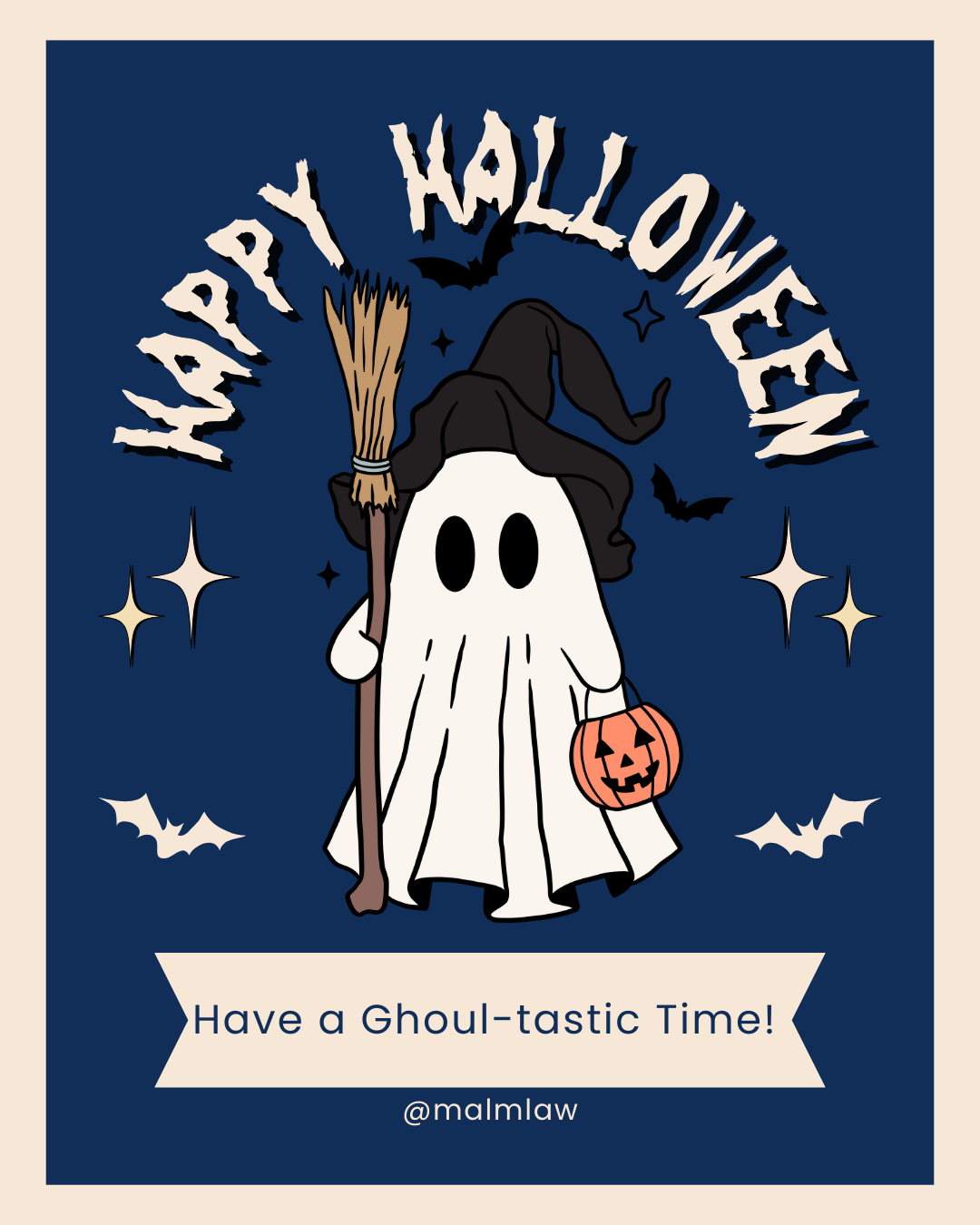
Halloween is one of the most fun nights of the year, costumes, candy, and neighborhood togetherness. But it’s also one of the most dangerous nights for pedestrians, especially children. The combination of increased foot traffic, low light, costumes that reduce visibility, and impaired or distracted drivers creates a higher-than-normal risk of serious injury or death. In this blog, we discuss why the risk of serious injuries goes up on Halloween, how families and drivers can reduce danger, and what to do if the worst happens.
“Every family should be able to enjoy Halloween without fear. We urge parents, drivers, and communities to take simple, common-sense steps, like reflective gear, adult supervision, sober driving, and slowing down in residential areas to keep children safe.” — John J. Malm, Naperville injury lawyer
The Hard Facts: Halloween is Riskier for Pedestrians
Research that analyzed four decades of U.S. crash data found that the risk of a pedestrian fatality is about 43% higher on Halloween evening (5:00 p.m.–11:59 p.m.) than on comparable evenings one week before or after. That study also found the highest relative increase was among young children, with kids aged 4–8 showing a dramatically higher risk.
On a national level, pedestrian deaths remain a major problem: 7,314 pedestrians were killed in traffic crashes in 2023, according to federal crash data summaries, and pedestrian fatalities account for a substantial share of traffic deaths. These larger trends help explain why a holiday with more people walking at dusk and night becomes especially hazardous.
Children are particularly vulnerable: well-known safety organizations report that children are more than twice as likely to be hit and killed by a vehicle on Halloween than on any other day, a statistic frequently repeated by Safe Kids, the National Safety Council, and other safety groups.
Finally, lack of light plays a big role: the federal Highway Administration and related safety programs note that about 3 out of 4 pedestrian fatalities occur after dark, making evening hours (when trick-or-treating occurs) especially dangerous.
Why Halloween is More Dangerous
Multiple overlapping factors raise the risk on Halloween night:
- Darkness/reduced visibility (dusk and nightfall coincide with trick-or-treating).
- Costumes that limit vision or movement (masks, long hems that trip).
- Distracted walking (phones, groups, excitement).
- Unfamiliar pedestrian routes (kids darting between houses).
- Increased alcohol use among some drivers and partygoers.
- Increased vehicle and foot traffic in residential streets.
These factors combine: more people are on the sidewalks and streets at a time of day when drivers and pedestrians both have reduced visibility and reaction time. A study that looked at 1975–2016 data found risks peaked around 6 p.m., the time when sunset and active trick-or-treating commonly overlap.
Driver Risks that Make Halloween Deadly
Drivers play a huge role in preventing crashes. Common driver contributors to accidents on Halloween include:
- Driving too fast for residential streets or low-light conditions.
- Impairment (alcohol or drugs). Many agencies report a sizable share of Halloween crash fatalities involve alcohol.
- Distraction (phones, in-car entertainment).
- Poorly lit neighborhoods or obstructed sightlines.
- Failure to anticipate children crossing between parked cars or darting from yards.
Federal safety guidance for Halloween emphasizes sober, attentive driving and slow speeds in residential areas where trick-or-treating is occurring.
Practical Safety Tips for Trick or Treating
Simple precautions reduce risk dramatically. Below are practical, actionable steps.
For families and trick-or-treaters:
- Plan a route ahead of time and stick to well-lit streets.
- Have children walk in groups and with an adult; never let young children go alone.
- Use reflective tape, glow sticks, or battery-powered lights on costumes and treat bags.
- Choose face paint over masks that limit peripheral vision or hearing.
- Make sure costumes fit properly to avoid trips (shorten long hems).
- Carry a flashlight and a fully charged cell phone.
- Teach children to cross only at intersections and to look both ways even on familiar streets.
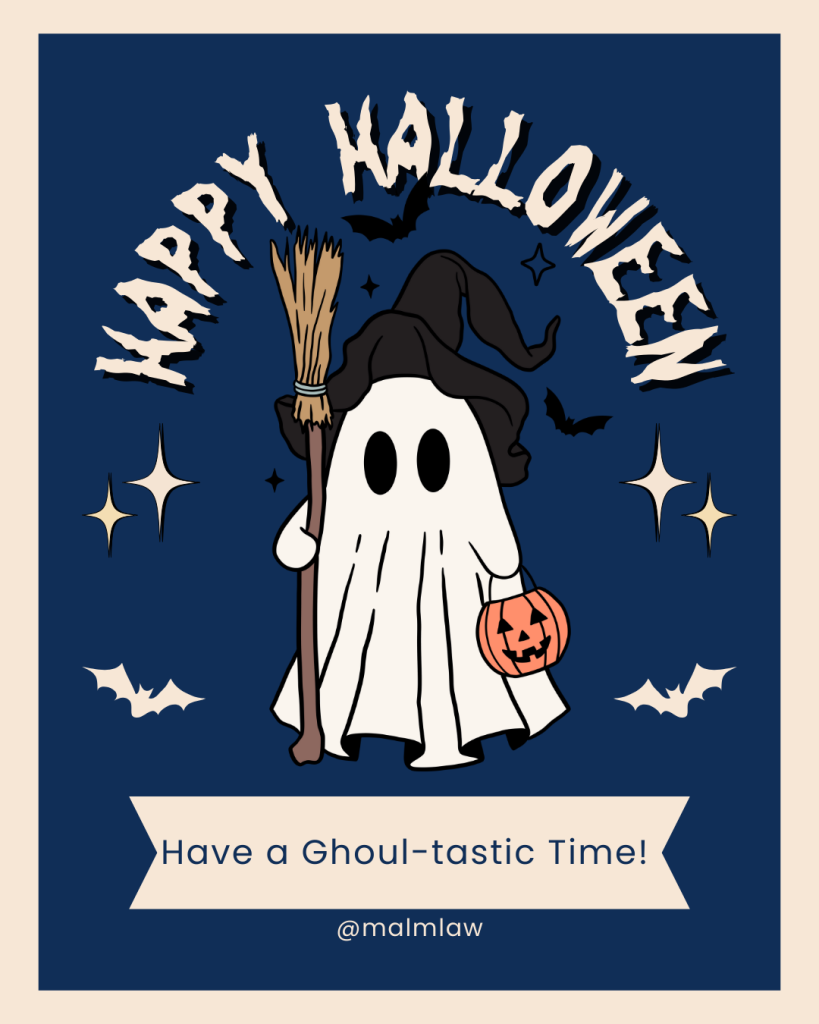
For drivers:
- Slow down and be on high alert in neighborhoods between dusk and bedtime.
- Eliminate distractions (put the phone away).
- Watch for children stepping out between parked cars or crossing mid-block.
- Yield at crosswalks and be prepared to stop suddenly.
- Never drive impaired, plan a sober ride if you’ll be drinking.
What To Do if a Pedestrian is Struck on Halloween
If you witness or are involved in a pedestrian crash, quick, calm actions matter:
- Call 911 immediately and report injuries and the location of the accident.
- Do not move an injured person unless leaving them where they are is unsafe (e.g., fire, vehicle hazard).
- Provide first aid if you are trained; control bleeding with direct pressure.
- If you are the driver, stay at the scene, exchange information, and wait for emergency services; leaving the scene of a crash with injuries is a serious crime.
- Take photos of the scene: vehicle damage, road conditions, lighting, crosswalk markings, visible injuries.
- Get contact information for witnesses (names, phones).
- Seek medical attention even if injuries seem minor, some trauma symptoms can present later.
- Contact an experienced Illinois pedestrian accident attorney to protect legal rights and handle insurance issues.
If the crash occurred because of dangerous roadway design (no sidewalk, poor lighting, obstructed crossings), city or county authorities can sometimes be urged to take corrective measures, but families should first focus on safety and the injured person’s care.
Legal Considerations After a Halloween Pedestrian Crash
If your loved one is injured, you may be facing medical bills, lost income, and long-term recovery needs. An experienced personal injury attorney can help:
- Establish liability (driver negligence, impairment, speed, distraction).
- Preserve evidence, including photos, police reports, witness statements.
- Work with medical experts to document injuries and prognosis.
- Handle insurance communications and negotiate fair compensation.
- Pursue civil claims for medical expenses, pain and suffering, and (when appropriate) punitive damages.
Every case is unique and governed by state laws and deadlines (statutes of limitations), so prompt legal consultation is important.
Common Questions About Halloween Pedestrian Crashes
Q: Are children really more at risk on Halloween?
A: Yes. Multiple safety organizations report that children are more than twice as likely to be struck and killed by a vehicle on Halloween compared with other days, and peer-reviewed research finds an overall 43% higher risk of pedestrian fatality on Halloween evenings.
Q: When are Halloween pedestrian crashes most likely to happen?
A: Studies show the greatest risk occurs between about 5:00 p.m. and 9:00 p.m., with a notable peak around 6:00 p.m., when sunset often coincides with trick-or-treating.
Q: Are impaired drivers a major factor on Halloween?
A: Yes. Federal safety messaging has highlighted that a substantial portion of Halloween-night crash fatalities involve alcohol. Staying sober and using designated drivers or rideshares are important safety steps for adults hosting or attending Halloween gatherings.
Q: Should kids avoid trick-or-treating after dark?
A: For younger children, it’s safer to trick-or-treat before dark. If families plan to go after dark, use strong reflective elements, flashlights, and adult supervision. Walking in groups on well-lit streets helps reduce risk.
Q: What if my child is injured, should I talk to an attorney?
A: If your child suffers injuries from a vehicle, medical care is the first priority. After obtaining emergency care, consult an Illinois injury attorney to understand legal options, preserve evidence, and protect your family’s rights, especially in cases involving serious or permanent injury.
Contact the Seasoned Illinois Pedestrian Accident Lawyers at John J. Malm & Associates
Halloween should be full of fun memories, not hospital trips or worse. The evidence is clear: pedestrian risk rises on October 31, driven by darkness, increased foot traffic, costume-related visibility issues, and, at times, impaired or distracted driving. Small precautions from both families and drivers dramatically reduce the chance of tragedy.
If you or a loved one is hurt in a Halloween pedestrian crash, you don’t have to handle the aftermath alone. At John J. Malm & Associates, our top-rated Illinois pedestrian accident attorneys help families secure medical care, investigate what happened, and pursue fair compensation so they can focus on recovery. Contact our office for a free consultation. We’ll explain your options and fight to protect your rights.




